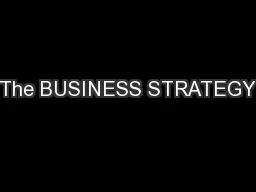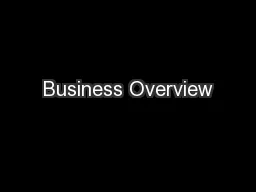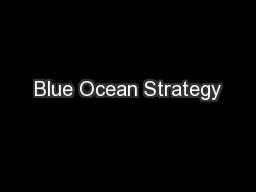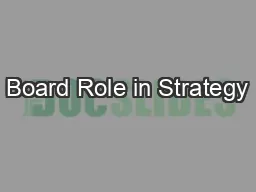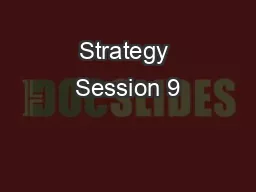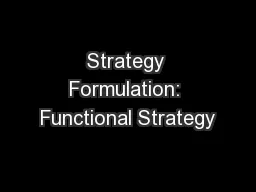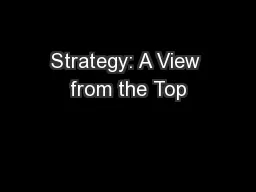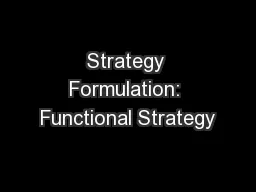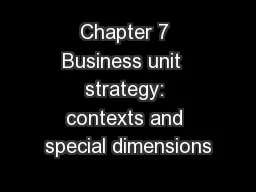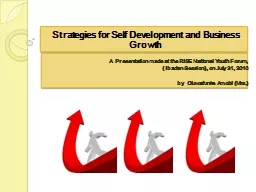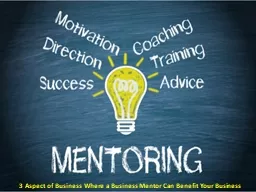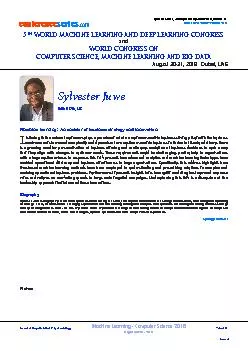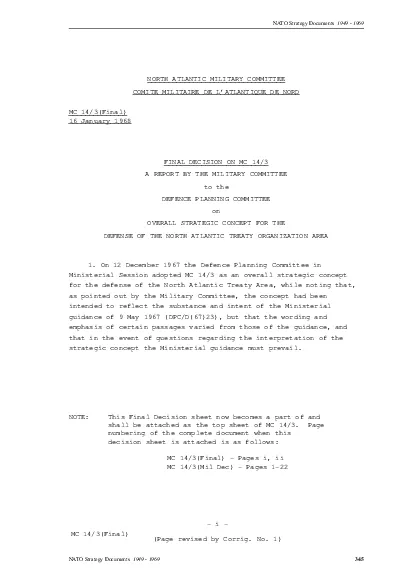PPT-The BUSINESS STRATEGY
Author : aaron | Published Date : 2017-10-08
FoR managing intellectual capital in the new business environment Audrey L Chin 05 july 2012 Introduction Knowledge Economy The basic economic resource the means
Presentation Embed Code
Download Presentation
Download Presentation The PPT/PDF document "The BUSINESS STRATEGY" is the property of its rightful owner. Permission is granted to download and print the materials on this website for personal, non-commercial use only, and to display it on your personal computer provided you do not modify the materials and that you retain all copyright notices contained in the materials. By downloading content from our website, you accept the terms of this agreement.
The BUSINESS STRATEGY: Transcript
Download Rules Of Document
"The BUSINESS STRATEGY"The content belongs to its owner. You may download and print it for personal use, without modification, and keep all copyright notices. By downloading, you agree to these terms.
Related Documents

